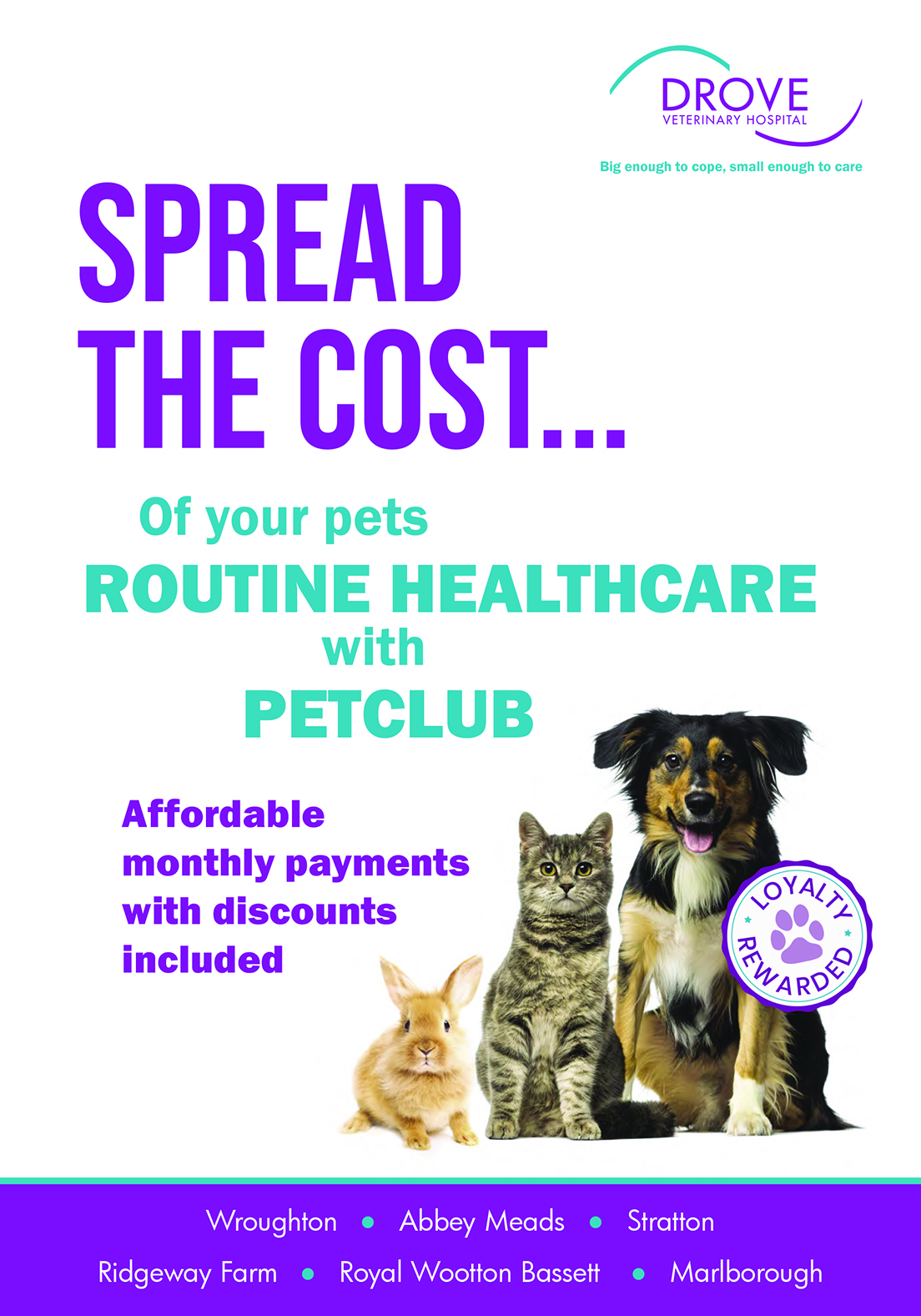Knowing how to keep your website relevant is a crucial part of building a successful online presence. But when digital trends are constantly evolving, how do you know which practices will keep your website up-to-date?
Research shows that Google receives about 7 billion search queries every day, and only 0,78% of searches go past the first page. That said, it’s important to understand the actions needed to help your website thrive in this competitive landscape.
In this article, we will uncover seven ways to keep your website relevant in 2021. You will learn important points such as adding security layers, choosing a relevant domain name, and implementing SEO strategies.
Let's begin.
1. Choose a Relevant Domain Name
A relevant domain name should reflect and inform the audience about your business.
Relevant domain name examples from the pet industry include petmaster.com, petloverscentre.com, and petshop.co.uk. While examples for businesses selling furniture include choicefurniture.com and starliving.com.
A relevant domain name is essential because it helps you appear more credible, professional, and trustworthy.
It also helps people find you easier since a domain name is among many factors that determine how well you rank on search engines.
To choose a relevant domain name, consider following these steps:
-
Understand your industry and research competitors’ names.
-
Brainstorm name ideas and check the domain name availability.
-
Register the available domain name with a popular extension such as .com, .tech, or .org depending on your industry.
Once you’ve found a suitable domain name, your website is sure to remain relevant not only throughout 2021 but also for many years onwards.
2. Evaluate Competitors’ Websites
Evaluating competitors’ websites lets you stay ahead and relevant, so make sure to visit their websites to see their content and marketing campaigns on a regular basis.
Doing so will give you insight into what’s trending in the industry and how to stay ahead of your competition.
Once you have enough information, decide which area of your website you want to update, what information to add, and even what marketing tactics to implement.
Aside from visiting competitors’ websites, another great practice to gain more insight is by using website analytics tools, such as:
-
SimilarWeb. Enter competitor’s domain name, and the tool will provide you with a full report of traffic estimation.
-
Ahrefs. The “site explore” section helps view competitor’s traffic change in a sequence.
-
SEMRush. Provides insight into a website’s organic and paid traffic.
3. Update Your Content
Fresh content is essential to keep your website relevant. It informs search engines that your website is active and consistently maintained. Moreover, it builds credibility and helps to set your business as the leader in the industry.
If your website has a blog, schedule to post new content regularly. You can use an editorial calendar service such as CoSchedule to help with the task.
Additionally, make use of older blog posts by linking relevant articles to your new posts. You can also use Jetpack to find and display related posts at the bottom of each new article you create.
However, older content may need updating to keep it factually correct and reliable.
If you have hundreds or thousands of older articles, updating them all may seem like a daunting task. Therefore, it’s best practice to prioritize the best performing and the most relevant articles on your website.
In addition, create reminders to review and update your articles every six to twelve months.
Other than the blog, here is a list of elements to consistently review and update on your site:
-
Contact and About pages
-
Product or Service pages
-
Visual media
-
404 errors and broken links
-
Theme and plugins
4. Update Your Website Design
Web design refers to the aesthetic and usability of a website. It is responsible for providing a quality user experience when people navigate your site.
Unattractive web design can negatively affect your business, as 88% of users are less likely to return after a poor experience.
A website with bad design is cluttered, not optimized for mobiles, unintuitive, and filled with unreadable text and non-clickable buttons.
That being said, here are four practices to consider when updating your website design:
-
Minimalistic design. A minimalistic design can increase conversions, trustworthiness, and load times.
-
Visual elements. Choose a color scheme, typography, and imagery that represent your business to make you look professional and well-established.
-
Easy navigation. Consider using bold and bright colors for buttons and omnipresent menu bars so visitors can easily find what they are looking for.
-
Mobile-ready. Your web design must be responsive because more and more people use their phones to access the internet.
5. Implement SEO Strategies
Most internet users don’t scroll past the first page of search results. That said, gaining online visibility is crucial to keep your website relevant and discoverable.
SEO, short for search engine optimization, is the practice of optimizing your website to rank higher on search engines. When done right, SEO practices can help generate organic traffic to your site and increase potential sales.
Here are three important aspects to improve when implementing SEO strategies:
-
User intent. Understand what users are looking for so you can provide relevant information. This is important because Google can identify user intent by inspecting keywords within the search phrase.
-
Keywords. Keywords ensure the search engine returns content that matches the search query, increasing your chances of appearing on the SERPs.
-
Link building. Have reputable websites and sources link to your website or posts. This is great for SEO because Google recognizes this action and increases your credibility.
Popular tools to help with SEO are SEMrush, Ahrefs, Moz Pro, and SE Ranking.
6. Add Security Layers
About thirty to fifty thousand websites get hacked every day as more than half of all internet traffic comes from automated sources like bots and spammers.
Moreover, Google favors secure websites, and 40% of sites on the first page on the Google search engine results page are HTTPS, which signals that the website is protected with a security layer.
Here’s a list of actions you can take to make secure your website:
-
Install SSL. Installing an SSL certificate is what changes the URL extension from HTTP to HTTPS. This signals to visitors that your website is safe.
-
Use anti-malware software. Services include web scanning, malware detection and removal, and DDoS protection.
-
Create strong passwords. Combine unrelated phrases, generate random characters, and make sure the password is long.
-
Update your website. Keep your software up to date with the newest release to avoid bugs, glitches, and hackers.
-
Run regular backups. Backing up your website regularly is essential to keep a safe copy of your site, so you can quickly restore it in case your business site gets hacked.
7. Elevate Your Social Media Presence
Data shows more than 55% of the total global population are social media users. This makes social media a massive platform for website owners to increase brand awareness, connect with customers, and generate more sales.
Having a social media presence also helps attract the right audience. You can target the correct demographic, research the target audience better, and engage directly with potential customers.
To create a successful social media presence, follow these steps:
-
Find your ideal platforms. Different platforms have different demographics. For instance, 33% percent of Instagram users in the US are between the ages of 25 and 34, while 25% of TikTok users are aged 10 to 19.
-
Provide relevant and valuable content. Consider creating a social media calendar for posting consistent content such as images, videos, and links to articles.
-
Follow reputable people and businesses. Find relevant accounts through keywords and hashtags related to your industry.
-
Engage with followers. Responding to comments and questions will help build a relationship with your potential customers.
-
Partner with other brands. Consider hosting webinars or live videos with other people in the same industry to stay relevant.
Conclusion
Keeping your website relevant makes your business look professional, credible, and trustworthy. It also helps your site gain online visibility and become more discoverable, which eventually leads to higher conversion rates.
To recap, here are seven ways to keep your website relevant and up-to-date:
-
Choose a representative domain name to help the audience recognize your business faster.
-
Research competitors’ websites to find fresh content strategies.
-
Update your content regularly to inform visitors and search engines that your website is well-maintained.
-
Update your site’s design to fit the trends while providing a great user experience.
-
Implement SEO strategies to rank higher on search engines and gain more traffic.
-
Add security measures to make potential customers feel safe when making purchases.
-
Build your social media presence to improve awareness and connect with the audience.
Now that you know how to update your website, it’s time to put these tips into practice. Best of luck.




